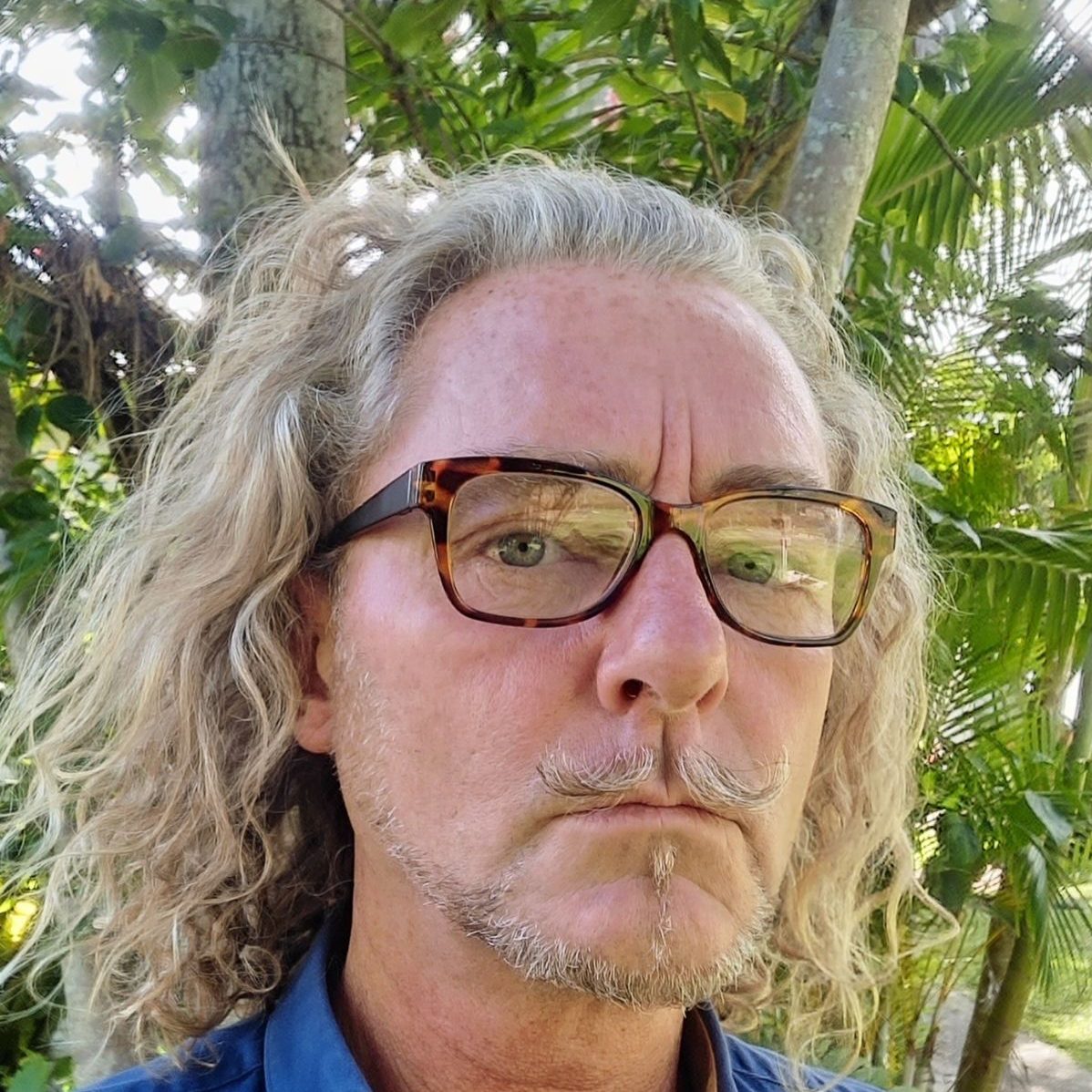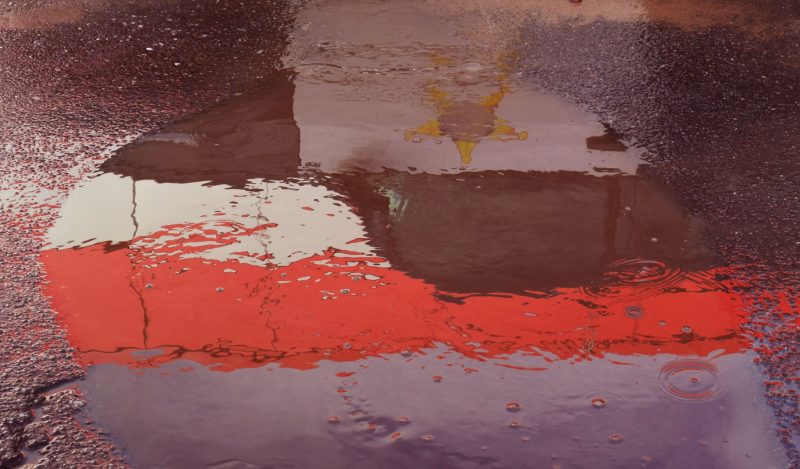In 1928 scientist Alexander Fleming returned to his laboratory after a 2-week holiday. A petri dish of bacteria accidentally left on the lab bench, somehow became cross-contaminated with Penicillium notatum mould. Fleming noticed the mould inhibited the growth of the bacteria. This accidental discovery marked the dawn of the antibiotic era and a turning point in medical, and perhaps human history.
Recently, another accidental discovery has scientists wondering whether we have turned another corner in history.
The story begins with Kevin McKernan, a scientist with 25 years experience in the genomic field and a leading expert in sequencing methods for DNA and RNA. He has worked on the Human Genome Project and more recently in medicinal genomics involving DNA sequencing.
In the process of trying to sort out a sequencing problem, McKernan used anonymously sent, Pfizer and Moderna Covid-19 bivalent vaccines to act as mRNA controls.
‘Somebody sent me these thinking, this is the perfect control… It should be pure. So, if you get this to work, you’ll sort out your mRNA sequencing problems,’ McKernan explains in a recent interview. ‘They were right about that. It did sort out our problems. But what we discovered in the process is that they weren’t pure mRNA. They actually had a lot of DNA in the background.’
McKernan was shocked, ‘It’s not what we were looking for… I had this hunch that the new modified nucleotides they have in the mRNA may have a higher error rate, and therefore we would see more mistakes in the mRNA. So, I knew we would have to sequence like a millionfold deep… over and over again to find these mistakes. When we did that DNA popped up and I thought “Oh, that’s a bigger problem. We have to focus on that.” … I kind of went into panic mode, realizing that I didn’t budget any time to look into this, and the world has to know about it.’
Let’s pause here and look at what we’re told about the Covid-19 mRNA injections. We’re assured:
- The injections are safe. Meanwhile, adverse event reporting systems around the world record previously unseen rates of adverse events and injuries;
- The injections are effective. We would ask: Effective for what? Not stopping transmission. We’re not sure about preventing serious illness either evidenced by recent data and New South Wales Health reports which show a disproportionate number of hospital and ICU admissions amongst the vaccinated.
- The injection materials stay at the injection site. Recently released documents obtained under FOI show the lipid nanoparticles become widely distributed – notably to the liver, spleen, adrenal glands, ovaries, and testes;
- The injections won’t change your DNA.
Let’s look at that last one a little bit closer.
The Australian TGA states you can find reputable information about Covid-19 vaccines on their ‘Is it true’ section of the website. It is worth a look. In answer to the question ‘Can COVID-19 vaccines alter my DNA?’ the TGA is clear: ‘No, COVID-19 vaccines do not alter your DNA.’
They explain, ‘mRNA vaccines use a synthetic genetic code called RNA to give our cells instructions about how to make the coronavirus’ unique spike protein. When our body has made the protein encoded by the mRNA vaccine, it then recognises the spike protein as being foreign and launches an immune response against it. The RNA from the vaccine does not change or interact with our DNA in any way.’
Phew. Well, that’s ok then, right?
Possible routes for mRNA to convert to DNA (including a process known as reverse transcription) were discounted. Until the publication of an annoying little paper in 2022 by Alden et al, an in vitro study involving human liver cells which showed Pfizer’s mRNA was expressed as DNA within six hours.
At the time, this was assumed due to reverse transcription of the mRNA. However, in light of McKernan’s discovery, there’s a whole new possibility to consider. What if the vaccines already contained DNA? Then arguments about whether the mRNA could reverse transcribe into DNA become irrelevant.
Let’s return to McKernan and take a closer look at what he found. In addition to the expected mRNA, he also found mRNA fragments, other pieces of RNA, and two forms of DNA: linearised and circular. The significance of the circular – or plasmid – DNA is important. The plasmid DNA is the ‘complete recipe’ used to program bacterial cells to mass produce the mRNA. This DNA should not be there. Further investigation by McKernan showed the plasmid DNA contained in the vaccines was indeed viable and capable of transformation in bacterial cells.
So, the Pfizer and Moderna vials of bivalent vaccine that McKernan tested were contaminated with DNA. DNA encoding the spike gene and potentially capable of inserting into the genome of an organism.
The question is, does this DNA have the potential to become part of the genome of a human organism and if so what might be the consequences? This would have required looking at ‘genotoxicity,’ something Australia’s TGA says the (Pfizer) injections were not tested for, and the TGA did not ask for.
In case you are wondering, there are strict guidelines about DNA contamination levels in mRNA products. The European Medicines Agency (EMA) and FDA stated limits are 330 nanograms of DNA per milligram of RNA. In Australia, the TGA says it should be no more than 10 nanograms per dose.
(It’s unclear how these limits were decided. Personally, we’d be hoping for zero DNA in our mRNA injections.)
This means that DNA should not be more than 0.033 per cent of the total nucleic acids in the dose. But McKernan’s analysis demonstrated DNA contamination of up to 35 percent in the bivalent injection samples. This is up to 1,000 times higher than deemed to be ‘acceptable’ by the regulating authorities.
Next, McKernan analysed the monovalent (earlier) injections. The Pfizer monovalent injections were also found to be contaminated with DNA, though not as much. The levels of DNA in the Pfizer monovalent injections were 18-70 times higher than the EMA limit.
So, what happens now?
These results are in the process of being further verified by the scientific community. In the essence of speed, McKernan published his findings and methods publicly on Substack and online. He explains, ‘The publication system, during the pandemic, is politicised. So, that’s probably not going to get the word out very quickly. I had to do my best to document this all and make the data public.’
If McKernan’s findings are verified, the implications are serious. Widespread DNA contamination would bring into question the quality of the entire mRNA injection manufacturing process, safety systems, and regulatory oversight. In addition, DNA might not be the only contaminant.
This contamination discovery begs a question. What does Australia’s Office of the Gene Technology Regulator (OGTR) know about the safety of these mRNA injections? And what discussions have occurred between the TGA and the OGTR regarding the safety of these injections?
Some of these questions are being asked and will hopefully get answers. Soon, we hope.
Another question weighs heavily. What does this ‘accidental discovery’ mean for those who’ve had the mRNA injections, in terms of their health, their offspring, and future of the human genome?
Scientists and genomics experts are shocked by the discovery. McKernan too, ‘I didn’t expect to find Pfizer’s entire blueprint for how they manufacture this thing sitting in the vial.’
Neither did we.
Published under a Creative Commons Attribution 4.0 International License
For reprints, please set the canonical link back to the original Brownstone Institute Article and Author.










